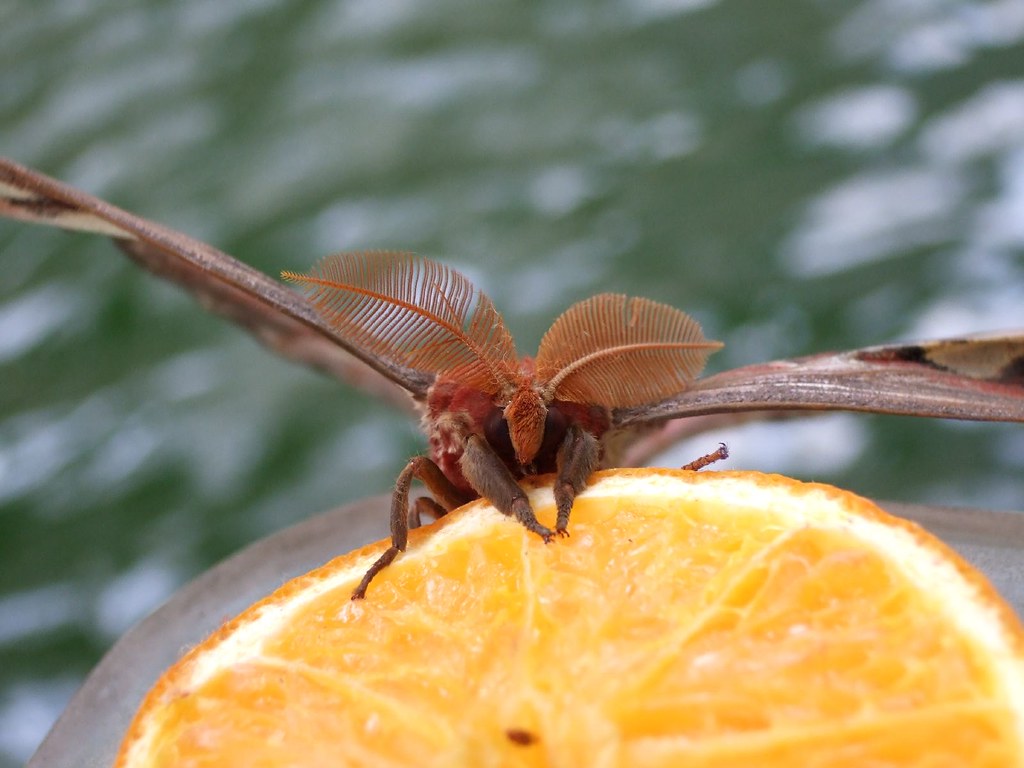Imagine trying to navigate a world where danger lurks around every corner, mates must be found in crowded spaces, and survival depends on detecting the faintest whisper of sound. For insects, this isn’t imagination—it’s daily reality. While we humans rely on our predictable ear placement on either side of our heads, the insect world has evolved something far more extraordinary and diverse. These tiny creatures have developed hearing systems so advanced and unconventional that they put our own auditory capabilities to shame. From crickets that listen through their legs to moths that detect bat sonar with specialized wing structures, the insect kingdom showcases nature’s most creative solutions to the challenge of hearing.
The Cricket’s Knee-Deep Secret
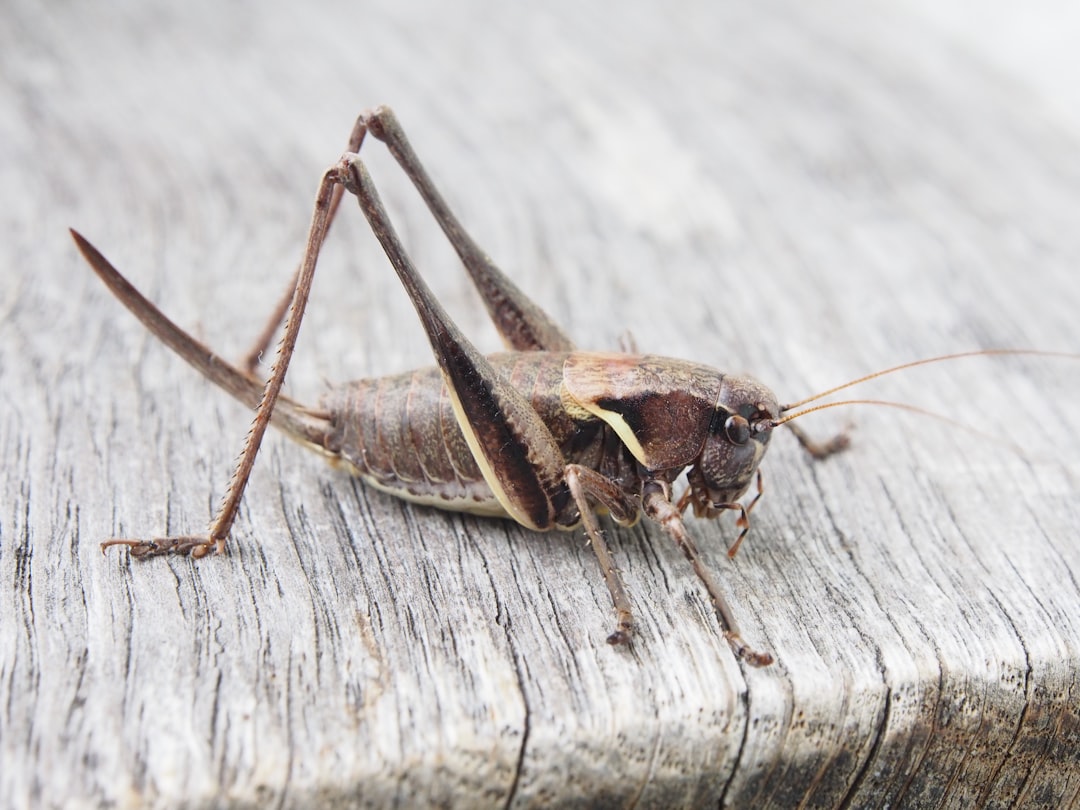
Crickets have turned their front legs into sophisticated listening devices that would make any audio engineer jealous. Located just below their knee joints, these tiny organs called tympana function as highly sensitive eardrums capable of detecting sounds across an impressive frequency range. Each leg contains not one but two separate hearing chambers, allowing crickets to pinpoint exactly where sounds are coming from with remarkable precision.
The positioning of these leg-ears isn’t accidental—it’s evolutionary genius. By placing their hearing organs on their legs, crickets can detect ground vibrations and airborne sounds simultaneously, giving them a complete picture of their acoustic environment. When a cricket chirps its mating call, other crickets can use their knee-ears to locate the singer with stunning accuracy, even in dense vegetation where visual cues are useless.
This dual-chamber system works like a biological compass, with each ear processing different aspects of incoming sound waves. The cricket’s brain can calculate the tiny time differences between when sounds reach each leg, creating a detailed map of their surroundings that rivals modern GPS technology.
Grasshoppers and Their Belly Button Listeners

While their cricket cousins listen through their knees, grasshoppers have taken a completely different approach by positioning their ears on their abdomens. These remarkable insects sport hearing organs called tympanic membranes located on the sides of their first abdominal segment, essentially giving them belly button ears that can detect sounds we can’t even imagine.
Grasshopper hearing is so finely tuned that they can distinguish between the calls of their own species and those of closely related insects. This specificity prevents costly mating mistakes and ensures that energy isn’t wasted pursuing incompatible partners. Their abdominal ears can detect frequencies ranging from low rumbles to ultrasonic squeaks, making them incredibly versatile listeners.
The strategic placement of these ears allows grasshoppers to maintain perfect hearing while keeping their heads free for other essential tasks like feeding and watching for predators. It’s like having a built-in security system that never stops monitoring the environment while the grasshopper goes about its daily business.
Moths: The Ultimate Bat Radar Detectors
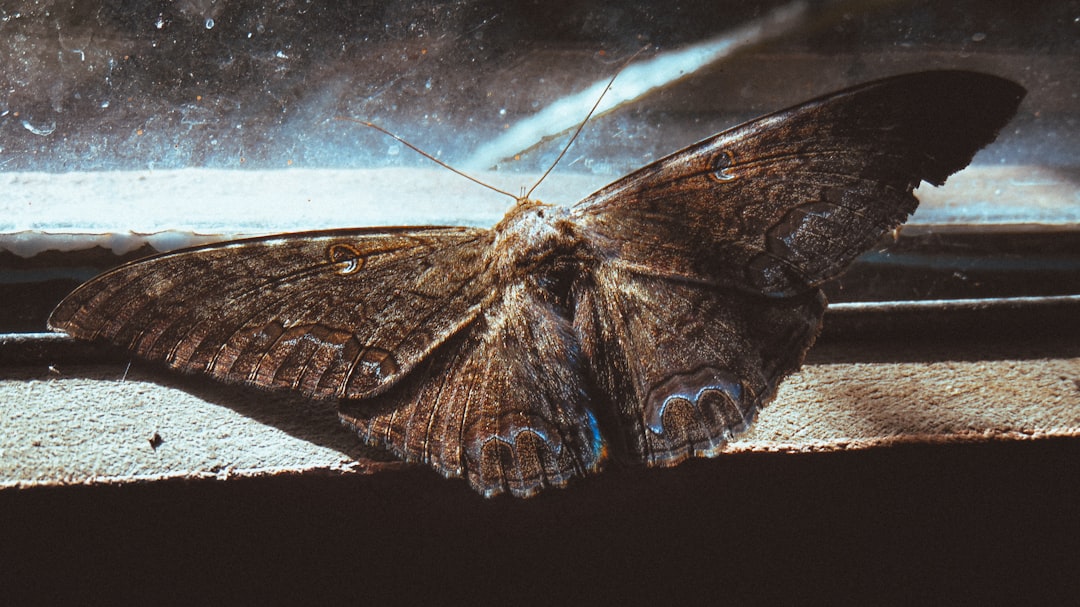
In the ongoing evolutionary arms race between bats and moths, these nocturnal insects have developed some of the most sophisticated hearing systems in the animal kingdom. Many moth species possess ultrasonic hearing organs that can detect bat echolocation calls from distances exceeding 100 feet, giving them crucial seconds to execute evasive maneuvers.
The greater wax moth holds the current world record for hearing the highest frequencies of any animal, detecting sounds up to 300 kilohertz—nearly fifteen times higher than the upper limit of human hearing. This extraordinary ability allows them to eavesdrop on bat conversations and hunting strategies, turning the predator’s own communication system against them.
Some moths have evolved even more devious tactics, developing the ability to produce their own ultrasonic clicks that jam bat sonar systems. It’s essentially biological electronic warfare, with moths acting as tiny stealth fighters equipped with both radar detection and jamming capabilities.
The Mosquito’s Antenna Symphony
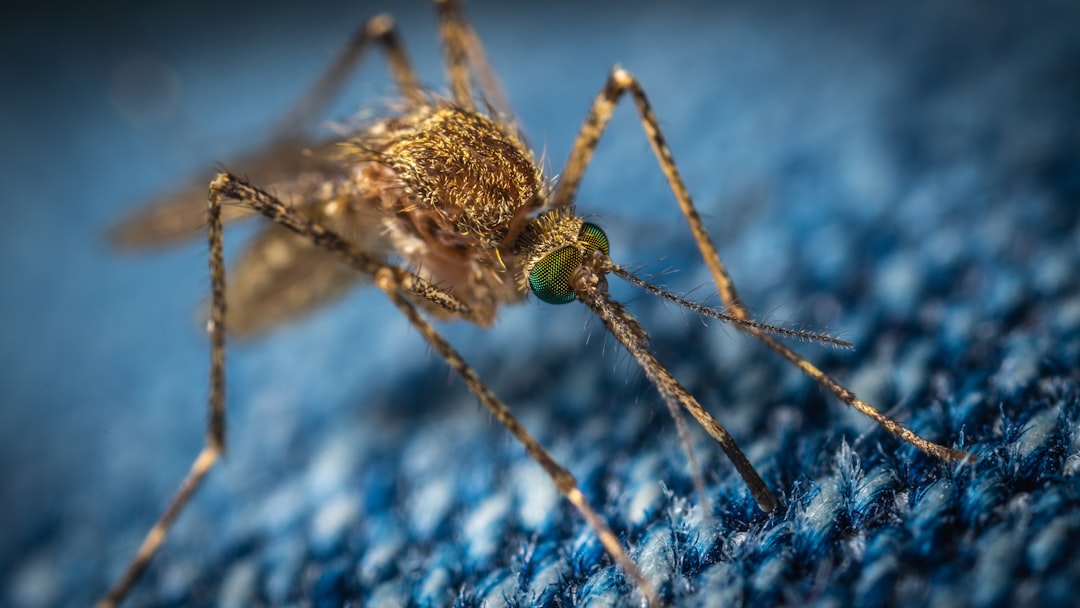
Those annoying mosquitoes buzzing around your head are actually participating in one of nature’s most sophisticated acoustic dating systems. Male mosquitoes use their feathery antennae as incredibly sensitive sound receivers, tuned specifically to detect the wing beat frequencies of females from their own species.
Each mosquito species produces a unique wing beat frequency, like a musical signature that identifies them to potential mates. Males can distinguish between the wing beats of different species, ages, and even mating status of females, all through the subtle variations in sound frequency and rhythm. This acoustic fingerprinting system prevents hybridization and ensures reproductive success.
The male mosquito’s antennae are so sensitive that they can detect these specific frequencies even in noisy environments filled with the sounds of other insects, wind, and human activity. It’s comparable to picking out a single violin in a full orchestra from across a crowded room.
Praying Mantis: The Single-Eared Wonder

Perhaps one of the most unusual hearing adaptations belongs to the praying mantis, which possesses just one ear located in the center of its chest between its front legs. This single hearing organ might seem like a disadvantage, but it’s actually a specialized anti-bat defense system that works with surprising effectiveness.
The mantis ear is specifically tuned to detect the ultrasonic calls of hunting bats, triggering an immediate defensive response when these aerial predators approach. Upon hearing bat sonar, a flying mantis will instantly spiral toward the ground in an unpredictable pattern, making it nearly impossible for the bat to track and capture.
This single-ear system proves that sometimes less is more in evolutionary design. Rather than trying to locate sound sources like other insects, the mantis ear simply needs to answer one crucial question: “Is there a bat nearby?” This binary approach to hearing has kept praying mantises successfully dodging bats for millions of years.
Flies: Hearing Through Microscopic Membranes
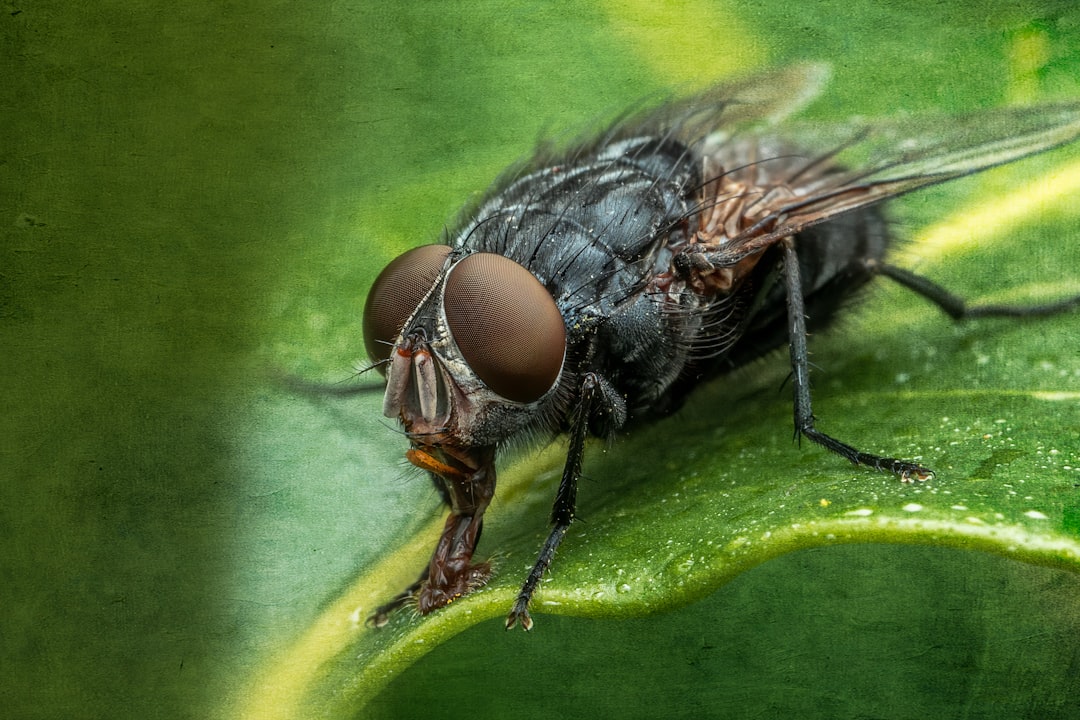
The tiny parasitic fly *Ormia ochracea* has evolved one of the most remarkable hearing systems in the insect world, using microscopic membranes to locate cricket hosts with laser-like precision. These flies have developed specialized hearing organs that can pinpoint the source of cricket calls within just two degrees of accuracy, rivaling the most advanced military listening devices.
What makes these flies truly extraordinary is their ability to process sound despite having ears separated by less than half a millimeter. Traditional physics suggests that such closely spaced hearing organs shouldn’t be able to determine sound direction, yet these flies accomplish this seemingly impossible feat through innovative biological engineering.
The fly’s hearing system amplifies the tiny time differences between sounds reaching each ear, creating artificial delays that make directional hearing possible. This biological signal processing allows them to locate singing crickets from considerable distances, turning the cricket’s own mating calls into a dinner bell for the fly’s larvae.
Lacewings and Their Wing-Based Sonar
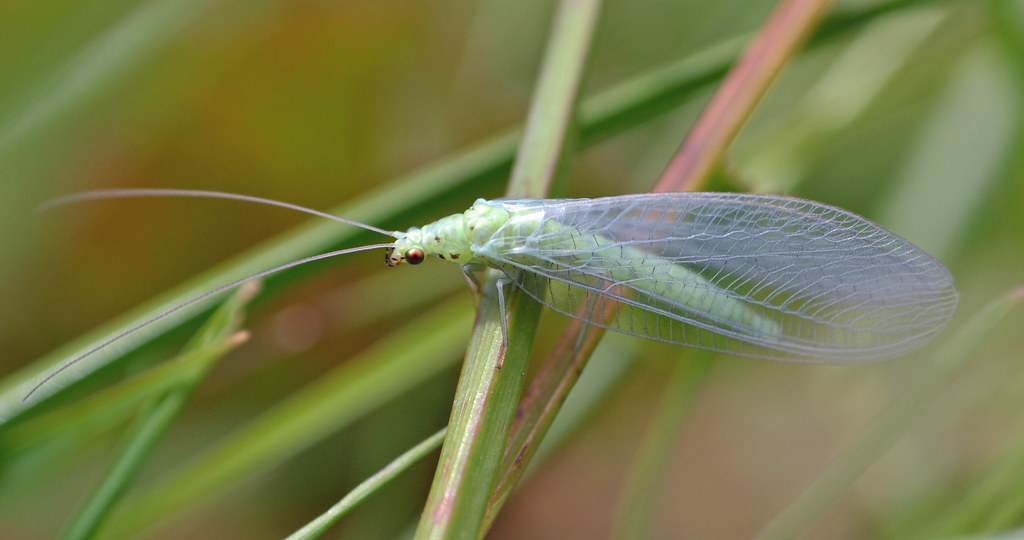
Green lacewings have transformed their delicate wings into sophisticated bat-detection systems, proving that beauty and function can coexist in nature’s designs. These ethereal insects possess specialized hearing organs at the base of their forewings that are exclusively tuned to detect approaching bats.
When a lacewing detects bat sonar, it immediately closes its wings and drops from the sky like a falling leaf, using gravity and unpredictable tumbling motions to evade capture. This passive defense strategy is remarkably effective, allowing these seemingly fragile insects to survive in environments swarming with bat predators.
The lacewing’s wing-ears represent millions of years of evolutionary refinement, perfectly calibrated to distinguish between the echolocation calls of dangerous bats and harmless environmental sounds. It’s a testament to nature’s ability to create specialized solutions for very specific survival challenges.
Katydids: The Sound Sculptors

Katydids have elevated insect hearing to an art form, using their leg-mounted ears to create and interpret complex acoustic sculptures in three-dimensional space. These remarkable insects can not only detect sounds with incredible precision but also manipulate their own calls to create acoustic illusions that confuse predators and competitors.
The katydid’s hearing system allows them to engage in acoustic duels with rivals, adjusting their calls in real-time to mask competitors or create interference patterns that disrupt mating attempts. This biological sound engineering demonstrates a level of acoustic sophistication that rivals human audio technology.
Some katydid species have developed the ability to throw their voices, creating sounds that appear to come from different locations than their actual position. This ventriloquist ability helps them avoid predators while still maintaining communication with potential mates across considerable distances.
Water Striders: Ripple Readers Extraordinaire

Water striders have mastered the art of hearing through water, using surface tension and ripple patterns to create a liquid-based communication network that spans entire ponds and streams. These insects detect vibrations through specialized sensors on their legs, interpreting the complex wave patterns created by struggling prey, approaching predators, and potential mates.
Each type of water disturbance creates a unique signature pattern that water striders can read like text on a page. They can distinguish between the ripples created by a trapped fly, a mating rival, or an approaching fish with the same accuracy that we might identify different voices in a conversation.
The water strider’s ripple-reading ability extends far beyond simple detection—they can determine the size, distance, and even the struggle intensity of prey animals from the vibration patterns alone. This aquatic hearing system has made them incredibly efficient predators in their watery domain.
Cicadas: The Underground Listeners
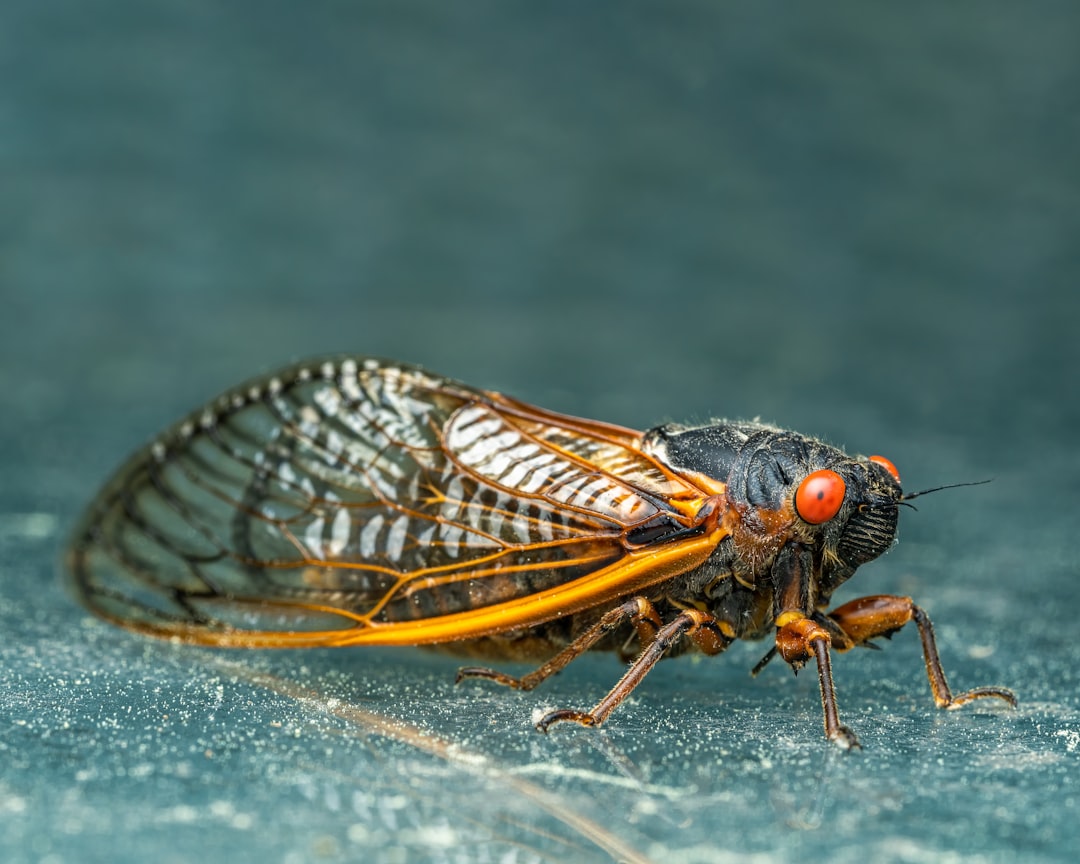
Before emerging for their famous singing performances, cicada nymphs spend years underground using specialized hearing organs to monitor the acoustic activity of their buried community. These subterranean insects can detect vibrations through both soil and air, creating a complex understanding of their underground neighborhood.
Cicada nymphs use their hearing to time their emergence with incredible precision, ensuring that millions of individuals surface simultaneously for maximum mating success and predator confusion. This synchronized emergence requires constant acoustic monitoring and communication between buried nymphs across wide areas.
The transition from underground to aerial hearing represents one of nature’s most dramatic sensory adaptations, as cicadas must adjust their hearing systems to function in completely different acoustic environments. Their ability to maintain acoustic awareness throughout this transformation demonstrates remarkable sensory flexibility.
Beetles: Diverse Acoustic Strategies

The beetle world showcases an incredible diversity of hearing adaptations, from species that detect predator footsteps through ground vibrations to others that intercept the mating calls of their prey. Some beetles have developed hearing organs on their wings, others on their legs, and still others throughout their entire exoskeleton.
Bombardier beetles use their hearing to coordinate their famous chemical defense explosions, timing their toxic sprays based on the acoustic signatures of approaching threats. This integration of hearing and chemical warfare creates one of nature’s most effective anti-predator systems.
Tiger beetles possess some of the most acute hearing in the insect world, allowing them to detect the wing beats of flying prey from remarkable distances. Their hearing is so sensitive that they can hunt successfully in complete darkness, relying entirely on acoustic cues to track and capture their victims.
Ants: The Collective Listeners
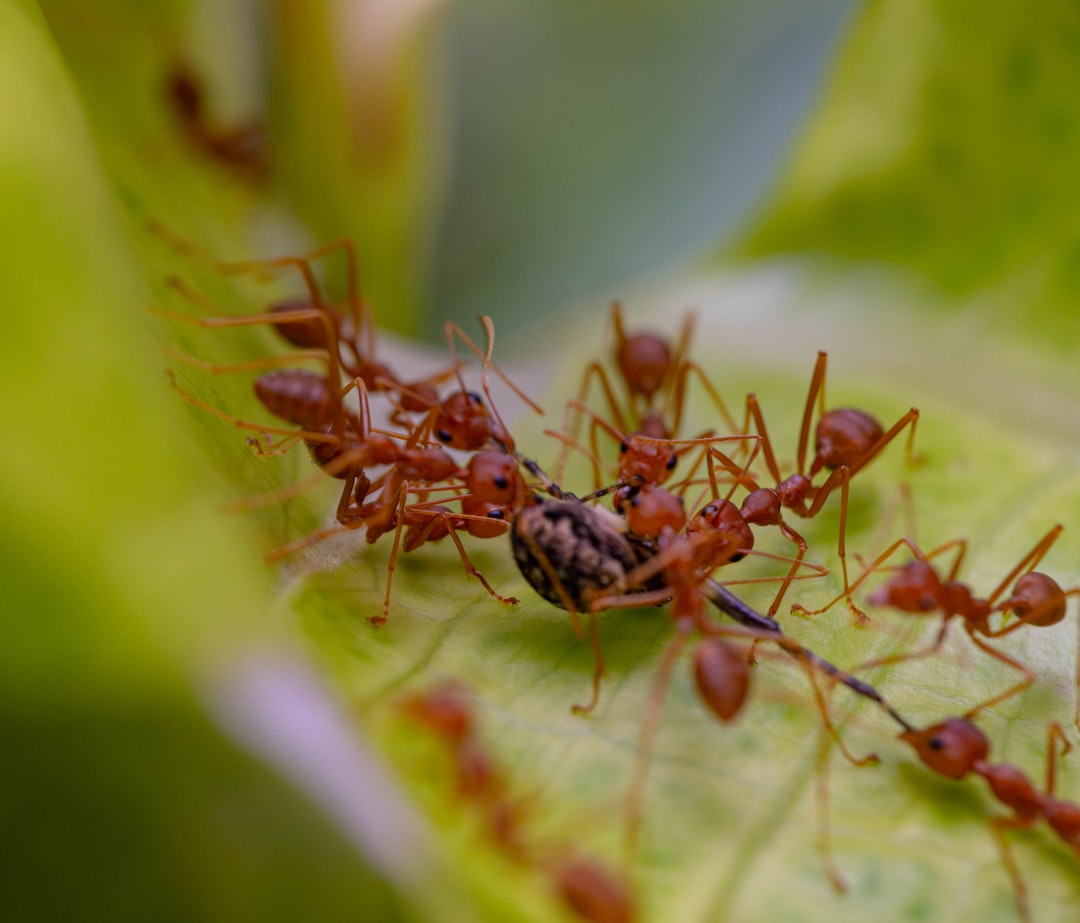
While individual ants may have limited hearing capabilities, their collective acoustic intelligence creates communication networks that span entire colonies and rival the complexity of modern telecommunications systems. Army ants use vibrations transmitted through their interlocked bodies to coordinate massive group movements and hunting strategies.
Leaf-cutter ants have developed specialized acoustic abilities that help them select the best vegetation for their fungus gardens, actually listening to the internal structure of leaves to determine their nutritional quality. This acoustic quality control ensures that their agricultural operations remain productive and efficient.
Some ant species use their hearing to detect the movements of competing colonies, allowing them to prepare defenses or launch preemptive attacks based purely on acoustic intelligence. This strategic use of hearing has made certain ant species incredibly successful territorial competitors.
The Future of Bio-Inspired Hearing Technology

Scientists and engineers are rapidly discovering that insect hearing systems offer revolutionary solutions for human technology challenges, from miniaturized microphones to directional sound detection systems. The cricket’s dual-chamber hearing has inspired new designs for hearing aids that provide better sound localization for users.
Military applications are already incorporating lessons learned from moth anti-bat systems, developing stealth technologies that can detect and evade sonar-based detection systems. The biological jamming techniques used by moths against bats are being studied for potential electronic warfare applications.
Medical researchers are exploring how insect hearing adaptations might help develop better treatments for human hearing loss, particularly focusing on the incredible sensitivity and frequency range capabilities demonstrated by various insect species. These biological solutions could revolutionize how we approach auditory rehabilitation and enhancement.
Conclusion: Nature’s Acoustic Masterpiece

The extraordinary hearing abilities of insects reveal a world where sound serves as currency for survival, reproduction, and territorial control. These tiny creatures have evolved acoustic solutions so elegant and effective that they challenge our understanding of what’s possible in biological engineering. From crickets conducting symphonies through their knees to moths jamming bat radar with ultrasonic warfare, insects prove that sometimes the smallest packages contain the most revolutionary innovations.
Their diverse hearing strategies remind us that evolution doesn’t follow rules—it writes them. Each species has crafted unique solutions to universal challenges, creating a natural library of acoustic innovations that continues to inspire and amaze scientists worldwide. The next time you hear a cricket chirping or watch a moth dance around a light, remember that you’re witnessing biological technology that puts our best human inventions to shame.
What other secrets might these tiny acoustic engineers be hiding in their microscopic world of sound?

